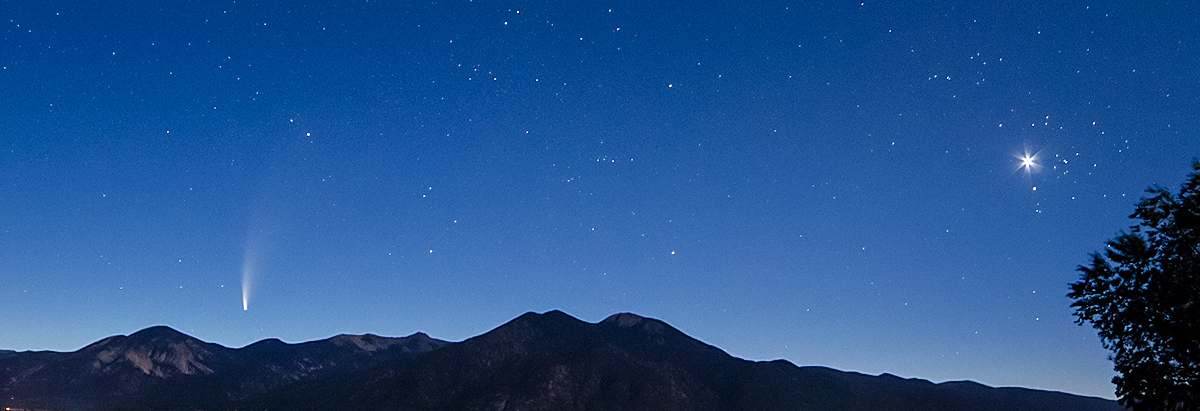
Welcome to taosastronomer.com!
offering
local "hands-on" observing
(visual and imaging) sessions and instruction
viewing and imaging from Rabbit Valley Observatory
a dark sky location on the mesa just west of Taos, NM
Image obtained 11-07-2015 through RVO's Megrez 80mm refractor with Orion field-flattener lens, using a Baader-modified Canon XSi DSLR and BackyardEOS image-acquisition software – 20 (of 24 obtained) carefully selected and stacked 260-second luminance frames as well as 8 (of 10 obtained) 200-second luminance frames combined with multiple dark, flat and bias calibration frames shot at ISO 1600 and totaling more than 300 minutes (~114 minutes effective luminance) were used to create this image; optics driven by the Losmandy G-11 mount equipped with Ovision's precision RA worm gear, guided with an Orion SSG3 Monochrome CCD camera using Maxim DL Pro and post-processed with DeepSkyStacker and Photoshop CS3.
[copyright Rabbit Valley Observatory/Willis Greiner, 2015 -- all rights reserved] |
(all content copyright 2015-2019 Willis Greiner Photography, all rights reserved)